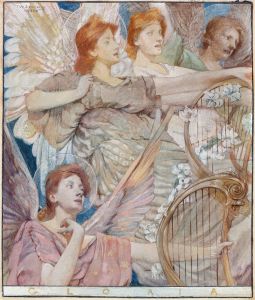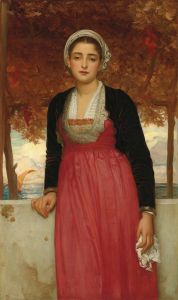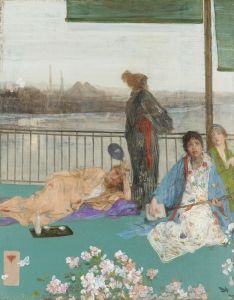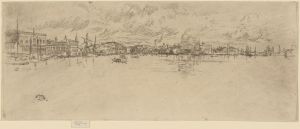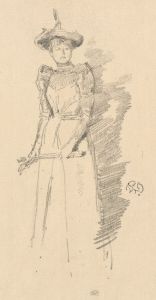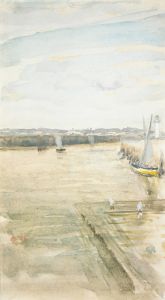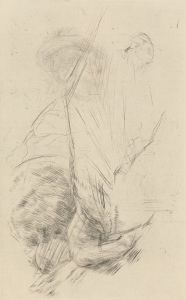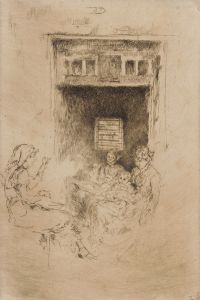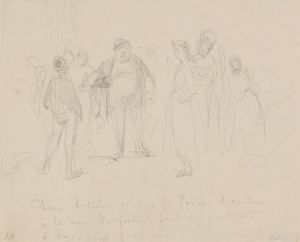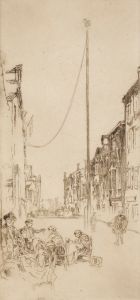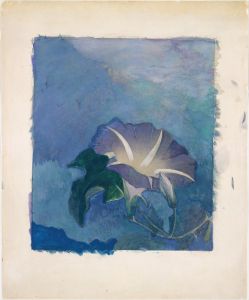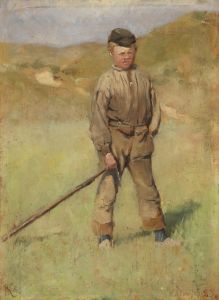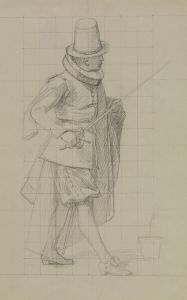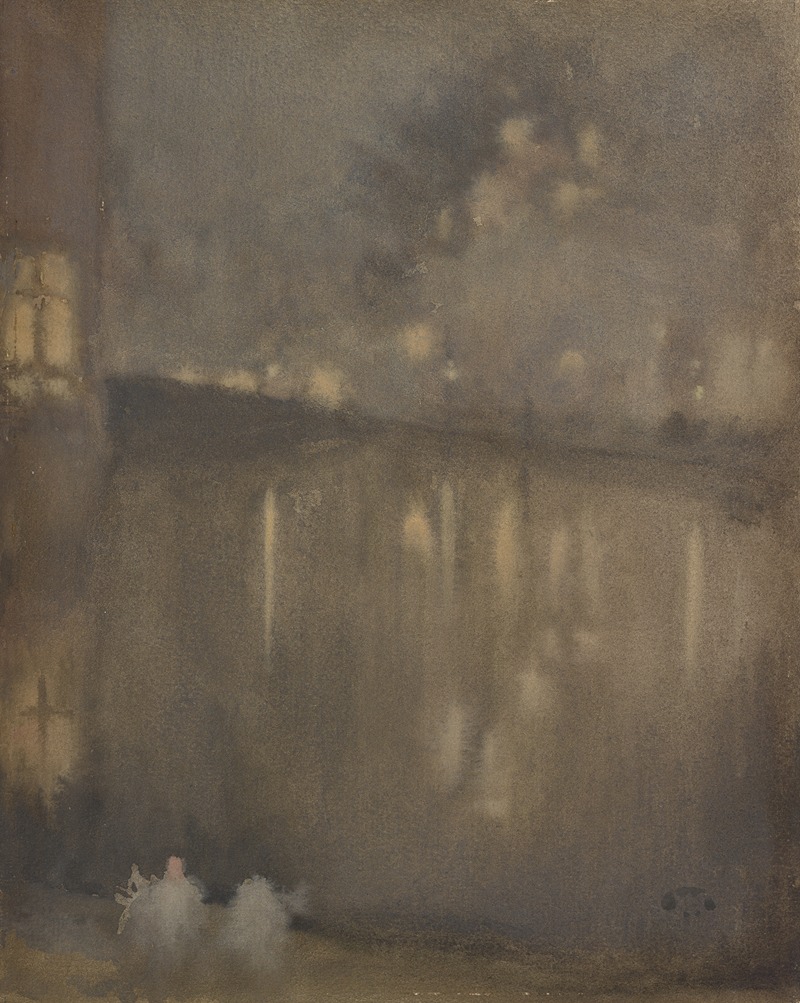
Nocturne: Grey and Gold–Canal, Holland
A hand-painted replica of James Abbott McNeill Whistler’s masterpiece Nocturne: Grey and Gold–Canal, Holland, meticulously crafted by professional artists to capture the true essence of the original. Each piece is created with museum-quality canvas and rare mineral pigments, carefully painted by experienced artists with delicate brushstrokes and rich, layered colors to perfectly recreate the texture of the original artwork. Unlike machine-printed reproductions, this hand-painted version brings the painting to life, infused with the artist’s emotions and skill in every stroke. Whether for personal collection or home decoration, it instantly elevates the artistic atmosphere of any space.
"Nocturne: Grey and Gold–Canal, Holland" is a painting by the American-born, British-based artist James Abbott McNeill Whistler. Whistler, who lived from 1834 to 1903, is best known for his innovative contributions to the art world, particularly his influence on the Aesthetic Movement and his pioneering work in tonalism.
This particular painting, "Nocturne: Grey and Gold–Canal, Holland," is part of Whistler's series of "Nocturnes," which are characterized by their moody, atmospheric depictions of landscapes and cityscapes, often rendered in subdued color palettes. The term "nocturne" itself, borrowed from the musical context, reflects Whistler's interest in creating a harmonious, almost musical quality in his visual art.
The painting captures a serene, twilight scene along a canal in Holland. Whistler's use of a limited color palette dominated by greys and golds creates a tranquil, dreamlike atmosphere. The composition is marked by its simplicity and the subtle interplay of light and shadow, which evoke a sense of quiet contemplation. The reflections in the water and the soft, diffused light suggest a moment of stillness, typical of Whistler's nocturnes.
Whistler's technique in this painting, as in many of his nocturnes, involves delicate brushwork and a focus on tonal harmony rather than detailed representation. This approach aligns with his broader artistic philosophy, which emphasized the importance of beauty and aesthetic experience over narrative content or realistic depiction. Whistler famously advocated for "art for art's sake," a principle that is evident in the abstracted, almost meditative quality of "Nocturne: Grey and Gold–Canal, Holland."
The painting is also notable for its influence on the development of modern art. Whistler's nocturnes, including this one, were instrumental in shifting the focus of art from literal representation to the evocation of mood and atmosphere. This shift paved the way for later movements such as Impressionism and Symbolism, which similarly prioritized the subjective experience of the viewer.
"Nocturne: Grey and Gold–Canal, Holland" reflects Whistler's deep engagement with the artistic traditions of both Europe and Asia. His interest in Japanese art, particularly the use of space and the emphasis on simplicity, is evident in the composition and execution of this work. The painting's minimalist aesthetic and the subtle gradations of tone demonstrate Whistler's mastery of these influences.
Today, "Nocturne: Grey and Gold–Canal, Holland" is recognized as an important example of Whistler's nocturnes and his broader artistic legacy. It continues to be celebrated for its innovative approach to landscape painting and its contribution to the evolution of modern art. The painting is housed in a prominent art collection, where it remains a testament to Whistler's enduring influence and his unique vision as an artist.





